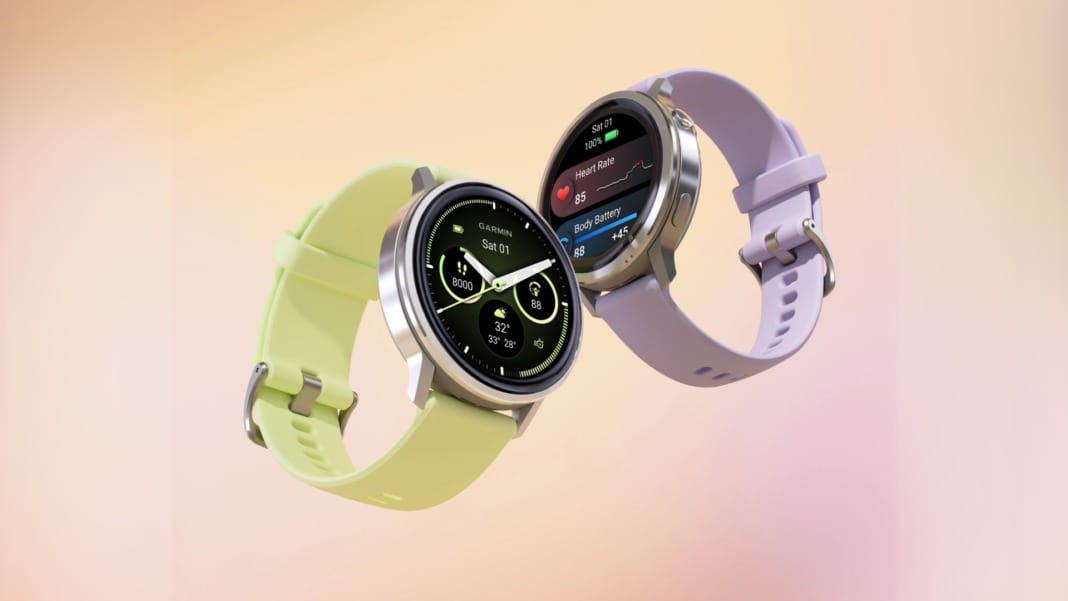Singapore has unveiled the world’s first framework to measure the economic and social impact of design, marking a milestone in recognising design as a driver of business growth and social change. The Design Power Index (DPI) was launched at the inaugural World Design Business Forum (WDBF) 2025, organised by the Design Business Chamber Singapore (DBCS) in partnership with global creative change firm Consulus.
Turning design into measurable value
The DPI is designed as a longitudinal study that will be updated annually. It benchmarks how design influences business, markets, technology, and society, reframing it from an aesthetic discipline into a measurable force for economic progress. Anchored by leading organisations such as UOB, Razer, Banyan Tree, and Carousell, the index sets out to prove that design is a strategic resource that shapes industries and contributes to global competitiveness. To date, the total market value of the companies included in the inaugural index has reached S$20 billion.
Developed under DBCS’s leadership, the initiative builds on more than four decades of work promoting “better business by design”. It extends the chamber’s earlier efforts, such as the Singapore Good Design (SG Mark), to a global scale. The DPI also lays the foundation for the launch of the World Design Business Organisation (WDBO), which will formally begin operations on 25 November 2025.
Global perspectives and industry insights
Themed “Flourishing by Design”, the WDBF gathered economists, academics, policymakers, and business leaders to discuss how design can strengthen resilience in a rapidly changing global economy. Panel discussions explored the intersection of design with artificial intelligence, shifting trade flows, and sustainability, pointing to the growing need for design-driven strategies.
Chee Su Eing, Global Chairperson of the WDBO, said: “We live in an age where economies are being redrawn by AI, shifting trade flows, and climate change, and yet design still sits in the blind spot of most economic models. The DPI has been created to prove that design is not just decoration, but a driver of growth and long-term advantage, and we’re glad to see it all come alive at the forum here.”
The index highlighted four key dimensions. Kingsmen Creatives, V3 Group, and ONG&ONG represented the Business of Design, while Hegen, Prism+, and Birds of Paradise showcased how distinctive design can create new markets in the Market of Design. In the Technology of Design category, Razer and Carousell demonstrated how design simplifies complexity in gaming and digital marketplaces. For the Social Impact of Design, organisations such as Dementia Singapore and the Centre for Healthcare Innovation showed how design can strengthen healthcare and social systems.
Expanding design’s global role
The DPI launch also comes at a time of growing international collaboration in design research and practice. In 2024, the Singapore University of Technology and Design partnered with 12 universities worldwide, including Parsons in the United States and Tsinghua in China, to form the world’s first Design Alliance. Other initiatives, such as the Shakti Design Residency in India and the London Design Biennale 2025, further highlight how design is becoming a borderless language for innovation.
Hong Khai Seng, President of DBCS, said: “Every product, every service, no matter how small, has the potential to create ripples of social, ecological, and economic impact. We want to spotlight the early visionaries already practising this ethos, and invite others to consider what ‘flourishing by design’ could mean for them. This is not just about making better designs, but about designing for better lives, not for a few, but for everyone.”
Looking ahead, the DPI will expand over the next three years to include national indexes from Asia, Europe, and the United States. This will provide a shared basis for measuring design’s economic and social contribution worldwide, helping inform investment, policy, and long-term strategies for growth.





